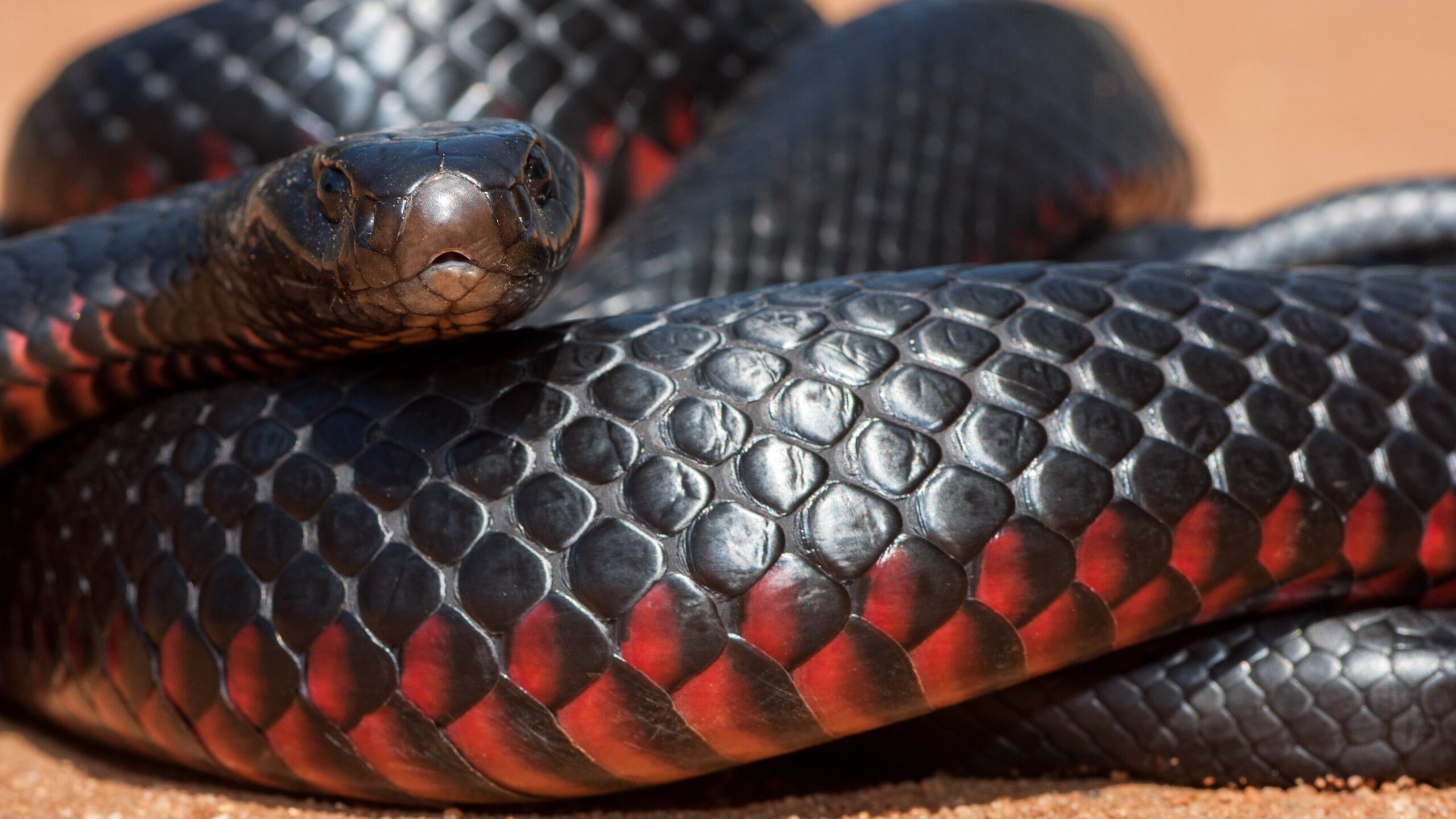Introduction
Tiger are tiger snakes venomous snakes (Notechis scutatus) are amongst one of the most interesting yet been afraid reptiles located in Australia. With their striking look and potent poison, these serpents evoke a mixture of awe and caution. Observing tiger serpents in their native environment can be a thrilling experience for nature fanatics, wild animals professional photographers, and scientists alike. Nevertheless, it's critical to approach this undertaking with regard for the animal's environment and an understanding of precaution to prevent snake bites.
In this extensive guide, we'll explore how to safely observe tiger snakes in their all-natural environment. We will cover subjects ranging from understanding their actions and environments to first aid for snake bites-- equipping you with knowledge to boost your experience while reducing dangers.
What is a Tiger Snake?
Tiger serpents are extremely venomous snakes belonging to Australia, specifically Tasmania and coastal areas. They are recognized for their distinctive grouped coloration resembling a tiger's red stripes, which can vary from yellowish-brown to dark brown and even black.
Physical Characteristics
Tiger snakes are medium to large-sized serpents that can grow up to 2 meters long. Their bodies are robust, and they have a wide head that is definitely larger than their necks.
Habitat Preferences of Tiger Snakes
These reptiles typically populate wetlands, tidewaters, and coastal regions but can likewise be discovered near freshwater sources like rivers and lakes. Comprehending where these serpents live is essential for anyone looking to observe them safely.
Understanding Tiger Serpent Behavior
Are Tiger Snakes Venomous?
Yes, tiger serpents are amongst one of the most venomous serpent species internationally. Their venom contains neurotoxins that can result in severe medical issues if bitten.
Behavioral Traits
Tiger snakes are generally shy animals; they prefer to avoid human communication. Nonetheless, they can become hostile if threatened or cornered.
Where Can You Discover Tiger Snakes?
Tiger Serpent Habitat Exploration
To securely observe tiger serpents in their all-natural habitat, it's important first to recognize where they flourish. They tend to favor:
- Coastal marshlands Mangroves Swamps Riverbanks
Best Areas for Observation
Some advised locations include:

- Tasmanian wetlands The coasts of southerly Australia National parks with water bodies
Safety Preventative measures Prior to Observing Tiger Snakes
Understanding the Dangers of a Tiger Serpent Bite
Although experiences with tiger snakes can be thrilling, being aware of the threats involved is extremely important:

First Help for Serpent Bites: What You Need to Know
Knowing what actions to take if bitten can conserve your Hop over to this website life http://collinpgea506.theglensecret.com/data-on-snake-bites-in-australia-insights-and-prevention-techniques or somebody else's:
- Stay calm; activity raises venom spread. Call for clinical help immediately. Do not use ice or effort suctioning.
How to Securely Observe Tiger Snakes in Their Natural Habitat
When you choose to observe tiger snakes in the wild:
Dress Appropriately: Wear long pants and strong boots. Use Binoculars: Keep a risk-free range while observing these reptiles. Avoid Unexpected Movements: Quick movements may stun them. Stay on Developed Trails: Avoid roaming right into dense underbrush where presence is low.Equipment Needed for Observation
Essential Equipment Checklist
- Binoculars First-aid kit especially made for snake bites Field manual on Australian reptiles Camera (with zoom ability)
Snake Bite Emergency treatment Package Essentials
A well-equipped emergency treatment package ought to include:|Product|Purpose|| -------------------------------|-------------------------------|| Compression plaster|To paralyze the affected area|| Antihistamines|For allergic reactions|| Emergency situation call numbers|Quick gain access to during emergency situations|

Interpreting Tiger Serpent Signals
Understanding how tiger snakes connect through body language aids viewers assess when it's risk-free or unsafe:
Common Behaviors
Defensive pose: If curled or elevated off the ground. Retreating habits: When they slowly pull back from possible threats.Dealing With Possible Encounters
Even with preventative measures taken, an encounter may still take place throughout your monitoring trip:
Remain tranquility; worrying just enhances risks. Slowly pull back without transforming your back on the snake. Make your presence known verbally yet prevent abrupt movements.Frequently Asked Concerns Regarding Tiger Snakes
1. What ought to I do if I see a tiger snake?
Remain calmness; observe from a range without disturbing it.
2. Are infant tiger snakes dangerous?
Yes, juvenile tiger snakes are birthed poisonous and may pose risks similar to grownups in spite of being smaller.
3. Exactly how usual are tiger serpent bites?
While events occur yearly in Australia, fatalities are rare as a result of prompt therapy availability.
4. Can I maintain a tiger serpent as a pet?
Keeping wild tiger snakes as animals is illegal in many regions because of conservation laws.
5. What does a tiger snake bite appearance like?
Bite marks typically show 2 puncture wounds along with localized swelling and discoloration.
6. How efficient is antivenom?
Antivenom treatment is highly effective when administered prompt after a bite.
Conclusion
Observing tiger serpents in their natural environment supplies an electrifying chance for wildlife fans however have to be approached with care and regard for both the creature and its atmosphere. By equipping on your own with expertise concerning these remarkable reptiles-- including understanding their behaviors and precaution-- you can delight in remarkable experiences while substantially minimizing risks related to encounters.
In recap, always prioritize safety by preparing properly prior to embarking on any kind of wildlife monitoring exploration-- particularly when managing some of nature's most poisonous animals like the tiger snake!